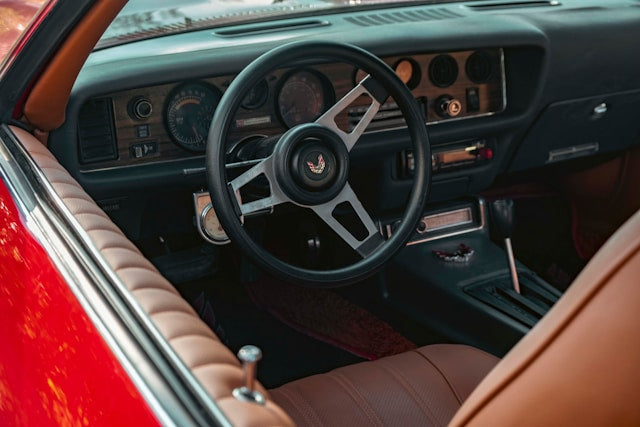As the automobile industry boomed in the 1960s, car manufacturers began to focus on the interior design of their vehicles. The shift was subtle at first, but it quickly became a major part of the industry. By the time the 1980s arrived, automotive interior design was a crucial factor in the success of any car brand.

The 1960s saw a marked departure from the interior design of the previous decade. Cars became more streamlined, with sleeker lines and a greater emphasis on speed and style. This was reflected in the interior design of these vehicles, which became more minimalistic and futuristic.
One of the most significant changes was the introduction of the bucket seat. Bucket seats were designed to provide better support and comfort for drivers, especially during high-speed driving. These seats were also more adjustable, allowing drivers to find the perfect driving position.
Another significant change was the use of new materials in car interiors. Vinyl, for example, became a popular choice for upholstery because of its durability and ease of cleaning. Meanwhile, chrome and brushed aluminum were used for accents and trim, adding a sense of luxury to the interior.

As the 1960s turned into the 1970s, automotive interior design continued to evolve. Cars became larger and more luxurious, with roomier cabins and more amenities. This was reflected in the interior design, which became more opulent and sophisticated.
One of the most notable changes was the introduction of plush carpeting in car interiors. This added a sense of luxury and comfort to the cabin, and also helped to reduce road noise. Leather upholstery also became more common, adding a touch of elegance and sophistication to car interiors.
Another significant development was the introduction of electronic displays and controls. This allowed drivers to access information about their car's performance and status, and also made it easier to control various functions such as climate control and audio.

By the 1980s, automotive interior design had become a major factor in the success of any car brand. Car manufacturers were investing heavily in research and development to create interiors that were both stylish and functional.
One of the most significant changes was the introduction of digital displays. This allowed drivers to access a wide range of information about their car's performance, including fuel consumption, speed, and engine temperature. These displays also made it easier to control various functions, such as audio and climate control.
Meanwhile, car interiors became more spacious and comfortable, with more amenities and features than ever before. Power windows and locks became standard, as did air conditioning and premium audio systems. Leather upholstery and wood trim also became more common, adding a sense of luxury and sophistication to car interiors.
The evolution of automotive interior design from the 1960s to the 1980s was a fascinating period in the history of the automobile industry. As cars became more advanced and sophisticated, so too did their interiors. From the introduction of bucket seats and vinyl upholstery in the 1960s to the digital displays and luxurious amenities of the 1980s, automotive interior design played a major role in the success of any car brand. Today, car manufacturers continue to invest heavily in research and development to create interiors that are both stylish and functional, ensuring that automotive interior design will remain a crucial factor in the industry for years to come.





